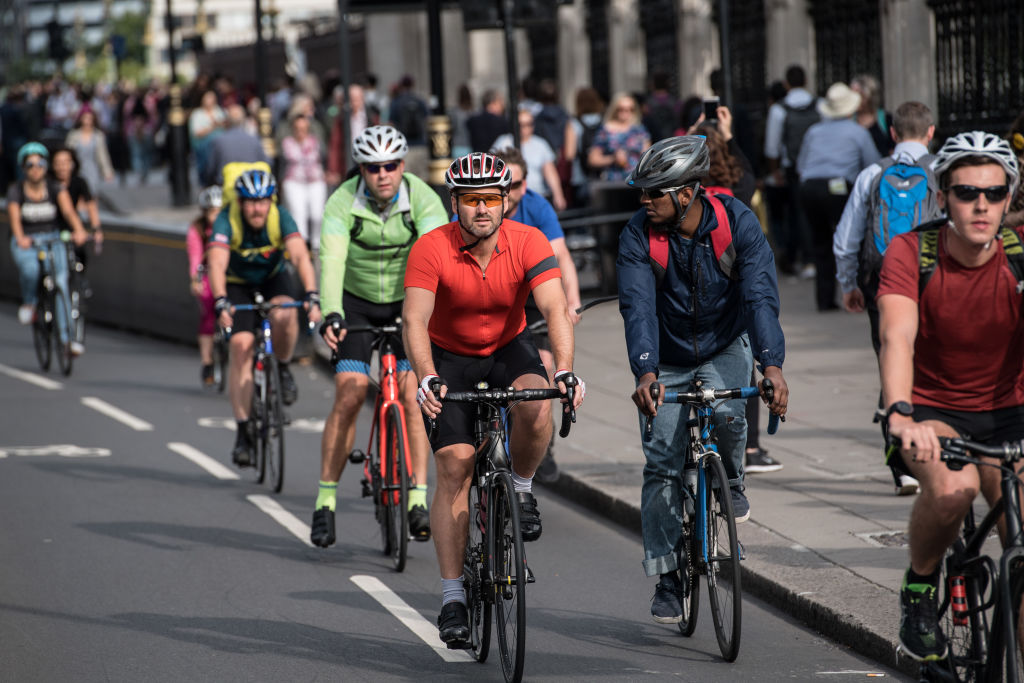The debacle over a Kensington cycle lane shows us how badly we need good infrastructure

What a local war over a cycle lane on High Street Kensington told us about Britain’s infrastructure, writes Tom Knights.
There are few things more contentious in London than cycle lanes. Talk to anyone in the capital and they’ll have a view: too many, not enough, too disorganised, too small, too wide.
Last month, the government announced a £200m cash injection to improve alternative methods of transport – walking, wheeling and cycling routes across the country.
In the capital, as many as two out of three rides in London are commutes.
Funding is, of course, important. But where the money is spent will be critical and no doubt fraught with local disagreement. With limited budgets, city councils will now commence a competitive bidding process for the allocation.
For a project of this nature, it is local communities that know what residents need. Community data can capture local insights and quickly show what is and isn’t working and where.
We operate one of the largest active datasets in the world, and offer the information to help inform urban-plannners and policymakers to make sure these new routes are in the right spots.
In Kensington and Chelsea, the council decided to rip up the bike lanes up and down High Street Kensington. It’s an incredibly busy thoroughfare for cyclists, and the number of people hopping on a bike is up 40 per cent in the capital.
As a result of the lack of infrastructure, bike trips fell by 7 per cent in 2021, and another 3 per cent last year.
If cyclists are forced to wedge themselves in between buses and taxis, causing more hazards for everyone involved, many will decide to leave their bikes at home.
In areas like Worcestershire, there is clearly an increased appetite for cycling – a trend we’ve seen emerge and being sustained since the pandemic. Between 2019 and 2022, there’s been a 15 per cent increase in cycling trips.
But last year Worcestershire County Council was given a rating of zero by Active Travel England for their investment into cycling and walking across the county.
There’s a clear disconnect here, and local areas need to get smarter at understanding community data and using it to inform funding decisions that correlate with the demand seen from their community.
On the opposite end of the spectrum is Birmingham. There has been a 58 per cent increase in cycling trips used for a commute between 2021 and 2022. Pathways in the local area have been widened, lighting has been improved and potholes have been filled in.
Active travel addresses many pernicious aspects of our modern society: it helps mental and physical wellbeing, it’s low cost and it helps address our carbon emissions by swapping out journeys we might’ve made in the car.
Often in net zero initiatives, it is the poorest who are left behind – unable to afford expensive new boilers, or insulation. But cycling has a low barrier for entry and by making it more feasible with the right infrastructure, it means people can more easily access different types of jobs without adding to their carbon footprint.
By using the data available, the money can be used wisely, rather than following the example of High Street Kensington. A lack of infrastructure has a direct impact on on how people travel. This isn’t unique to cycling – if there is no tube available, they’ll drive.
To make the £200m make a difference in how we travel, it needs to be directed to the place that need it most and where it will meet least local resistance.